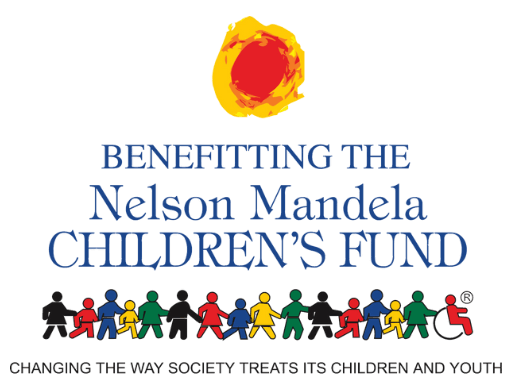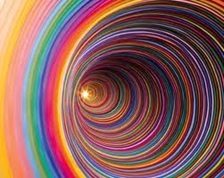There is an ancient Greek legend that tells the tale of Asclepius, a physician who identified his own wounds and then created a sanctuary to heal others. As clinical psychologist who often works in the art therapy modality, I relate to his role of wounded healer, and cannot talk about art therapy without reflecting on my own therapy process in collaboration with that of the artist (client). If you are anything like me, you may also have wondered before what is going on in your therapist’s mind. I therefore thought it would be useful to write from my own experience, and to give you a blink of my process into art therapy. I also wish to introduce you to some ideas on how to get started on art therapy in your own self-help healing journey.
I have, initially unwittingly, been using forms of art as self-therapy, or as part of my healing journey since a young age. My early recollections of this practice include baking mud cakes in the riverbed next to our house; collecting rusted objects and arranging them in my room into meaningful ‘statues’; writing and drawing in my ‘Dear Diary’, and spending hours on creating and decorating exam timetables and holiday schedules. Later therapeutic art activities include the kitchen as much as the formal art studio, which explains why I still find preserving the harvest from our food garden a most healing and integrative activity. Much later did it dawn on me that definitions of art therapy are wide enough to include even the mud pool under the gutter of the paediatric ward where a dying eight year old boy and I built sculptures – just to be able to say that he had built mud castles at least once in his life. But the power of art therapy really came to me one day when I had to do therapy with a deaf Zulu girl. Not having any actual language in common, I put a paper between us, drew a line and handed her the crayon. We spent an entire session co-creating images and playing what the psychoanalyst Donald Winnicott calls the squiggle game without a single word (see Dodi Goldman, ed. 1993).
I wondered about the importance of interaction with the art media, and came across a chapter by Cathy Ward (Shaping Connections) in which she speaks of the actual struggle and contact between the medium and the artist’s body. Ward says that this interaction is so important because it is through the struggle that creative solutions are often found; ‘Through art therapy the physical release of tension happens.’ She reminds me of an experience of making jam for our wedding breakfast. Of trying to get rid of the stains and thorns, and now thinking of it as part of a cleansing, healing, therapeutic process.
For me, a favourite part of the art therapy process is to introduce my client to the art media, to give them permission to choose, and to see them more and more allowing themselves to experiment and become free to create.
You may ask: Do I need to be in formal psychotherapy to use art in my own healing journey? If not, how do I do this on my own? You can absolutely do this on your own, without regular sessions with a psychologist. Here are some ideas of what you will need and how to get started:
Start with intent; a message to yourself. It could be something like: I am willing to grow, and to allow myself to go with my own flow. Whatever I create is good and part of where I am NOW. I trust my own healing process.
You will need anything to mould, write, paint, squiggle, scribble, doodle, draw, create with. You will need anything to do that on; sheets of paper, a journal, canvas, the bathroom mirror, the beach, or any other surface. An important part of art therapy is reflection on the process of creation and growth. If you use a journal, no need to worry to keep it all together and in chronological order. If you use the beach or bathroom mirror, take a photo and store it for later reflection. Always remember to date your work. It could be helpful to jot down your immediate emotions felt, and the context within which you created.
Break the ice. Just start without planning or thinking about it too much, and without analysing it afterwards. Once you have done your first free-flow activity, you can consider yourself well on your way.
The ice is broken, now what? Now you decide how to go ahead. Like what?
- Create mandalas (simply create circles and allow them to lead you towards centeredness, alleviating anxiety, helping with concentration and self-reflection)
- Draw or write down your dreams
- Keep a creative journal
- Create collages
- Recreate storybook characters after reading stories
- Create images of your feelings
- Create images of your significant othersM
- Create images of yourself in interaction with other role-players, e.g. recreate a difficult interaction at work/school
- Play with colours, e.g. use colours for feelings
- Build memory boxes
If you get stuck, go back and do a free-flow.
Joy Schaverien (in Payne, 1993) writes that in art therapy a retrospective review of a series of creations helps the artist and therapist to see the progress and changes in the weeks, months, years of the therapy process. This is also a useful way to reflect on the interaction between the artist and the therapist. Art therapy is in this way distinguished from all other forms of therapy; the created materials are evidence of the marks made by the artist on her/his own life and healing journey.
Art therapy could further help you to
- Express feelings that are difficult to find words for
- Become more aware of your own internal world and negative patterns
- Help to make more conscious choices and decisions
- Structure and externalise overwhelming life experiences
- Deal with creative blocks
- Enrich your relationship with yourself and others
- Explore your own creativity and develop your creative potential
- Find meaning
References
Capacchione, L. (2002). 2nd edit. The creative journal. Franklin Lakes, NJ: New Page Books.
Goldman, D (ed.). (1993). In one’s bones. The clinical genius of Winnicott. Northvale, N.J.: Jason Aronson Inc.
Incardona, L. (2010). Mandalas. Unpublished art therapy master’s thesis: College of St. Mary of the Woods.
Payne, H (ed.). (193). Handbook of inquiry in the arts therapies. One river, many currents. London: Jessica Kingsley Publishers.
Esther van der Walt is a clinical psychologist who practices from PsychMatters. She does individual and couple/family/group therapies with adults, adolescents, and children. She particularly enjoys art therapy, preparation for birth and parenting, post-partum depression, infant-parent psychotherapy, palliative care, and meaning-making.


